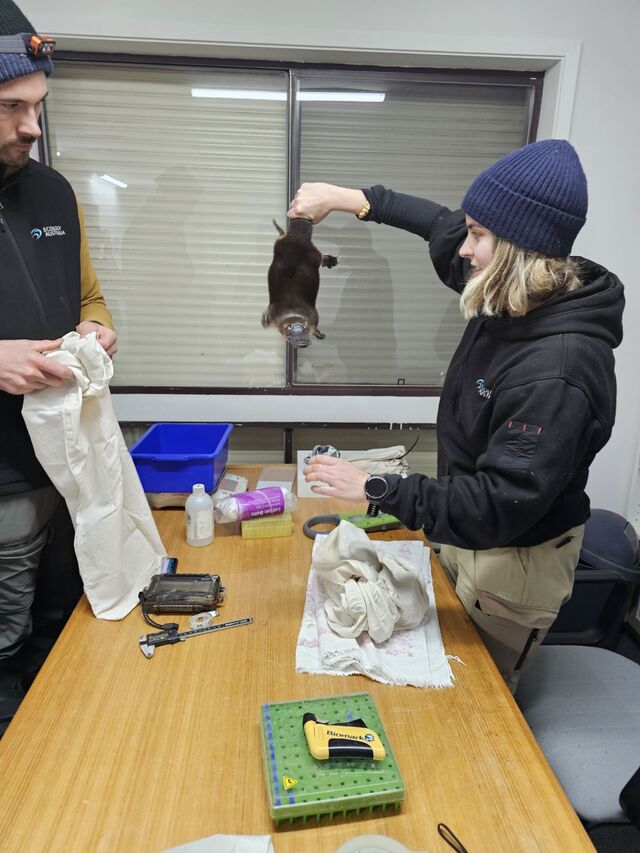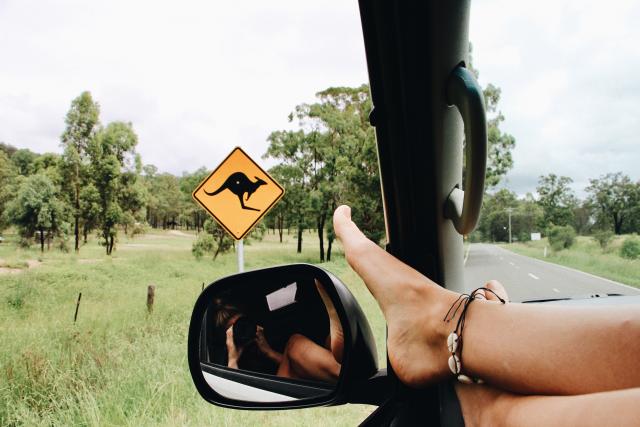Central Werribee is home to many restaurants, retail and entertainment venues and now, according to new research, platypus populations too.
The recent results of platypus surveys conducted in the Werribee River indicate a
moderately healthy population of platypus living in the urbanised waterways near the Werribee
city centre.
While the Werribee River is a well known platypus habitat, the species are more commonly associated with rural and suburban stretches of the river.
To find out the size and health of platypus populations in urbanised stretches of the river, Ecology Australia, the Werribee River Association and Werribee
Riverkeeper John Forrester, conducted a survey on the night of Thursday May 2.
The survey involved the live trapping of platypus, recording their measurements, conducting health assessments and electronic tagging.
During the May 2 survey, two healthy juvenile male
platypus, aged approximately 6 months and weighing around 900gms – 1100gms, along with a healthy adult female, were trapped and then released after processing.
Unfortunately one of the juvenile males had looped litter entangled around its body.
Loop litter is a leading cause of injury, disease and death in platypus, and highlights the importance of cutting looped items such as hair ties, rubber bands and bottle rings at disposal.
Werribee, riverkeeper John Forrester said it was an example of why the species was still under threat.
“The Werribee River Association’s latest reports tell the story of how we need to protect
platypus into the future – with environmental flows, widening and improving the riparian
strip of vegetation, education of communities and engineered solutions to stormwater
pollution, to support the water bugs, the food source of the platypus.”
Cade Lucas







